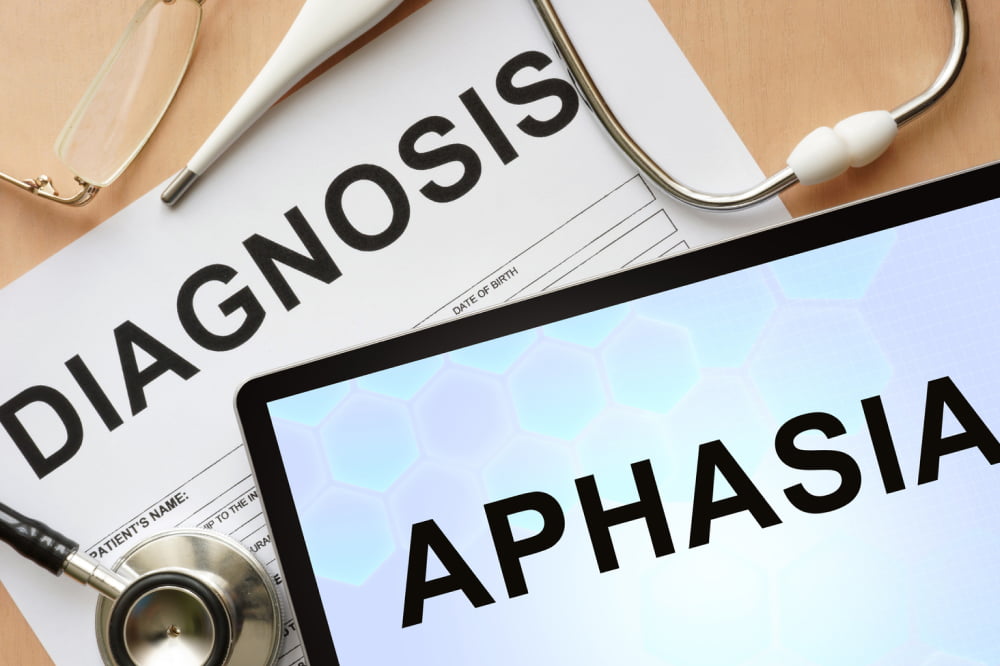
Types, causes, symptoms, and management of aphasia
Communication is critical to sustaining social relationships, interacting with people, and sharing ideas and feelings. Sadly, people with aphasia struggle to express themselves and understand what others say. The disorder is triggered by damage to the brain area that helps humans interpret language. While aphasia is permanent in some cases, the symptoms can be managed, and patients can be taught to adapt to it. Here are the condition’s common types, causes, symptoms, and treatment options.
Types of aphasia
There are multiple forms of the disorder, the most common being global, Broca’s, and Wernicke’s:
Global aphasia
Global aphasia, the most severe type, results from damage along the front and back portions of the brain.
Broca’s aphasia
Also known as non-fluent aphasia, this type causes trouble speaking. It results from damage to the left-front portion of the brain.
Wernicke’s aphasia
This form of aphasia is often called receptive or fluent aphasia, as patients can speak but have trouble grasping words spoken by others.
Causes and risk factors
The condition is known to occur when the left side of the brain, also known as the language-dominant side, suffers injury or damage due to any of the following reasons:
Stroke
Infection
Tumors in the brain
Dementia
Brain aneurysm
Brain damage due to low oxygen
Epilepsy
Cerebral encephalitis
Radiation therapy or chemotherapy
Toxins or heavy metal poisoning
Symptoms to look out for
The symptoms of aphasia are noticeable. A few examples include the following:
Lack of words to complete a sentence
Communicating in sentences that are not very logical
Replacing a word or sound with a different word or sound
Using words that are not recognized
Difficulty searching for words to communicate
Trouble acknowledging the conversations of others
Inability to analyze written text
Writing illogical sentences
Those who notice these symptoms should visit a healthcare expert. Doctors first analyze the patient’s health history and symptoms to diagnose aphasia. They then order an MRI or CT scan to confirm their findings and identify any injury to the brain and its location. Furthermore, the health practitioner conducts various speech and language-related tests to identify problems in communication.
Treatment and management
Aphasia does not go away on its own, and even treatment may not cure it. However, doctors recommended treatments and therapies to help patients cope with the condition and make the symptoms manageable. Here are a couple of options that may be suggested:
Language and speech therapy
This therapy helps improve the patient’s communication and speech. It is performed by a speech and language therapist, both one-on-one and in groups. Sometimes, family members and caregivers are included in the sessions. This helps them learn how to communicate with and support the patient.
Transcranial magnetic stimulation
This therapy involves passing minimal electrical current along the brain to boost language-related communication. It may have side effects like headaches and lightheadedness.
Aphasia can affect both men and women, but the risk is higher in people who have suffered a stroke. It develops when the left portion of the brain, where the language center is located, suffers an injury. The disorder not only interferes with one’s ability to comprehend things but also creates problems with reading or writing. The symptoms should not be ignored as the earlier aphasia is diagnosed, the better it can be managed in the long run.




